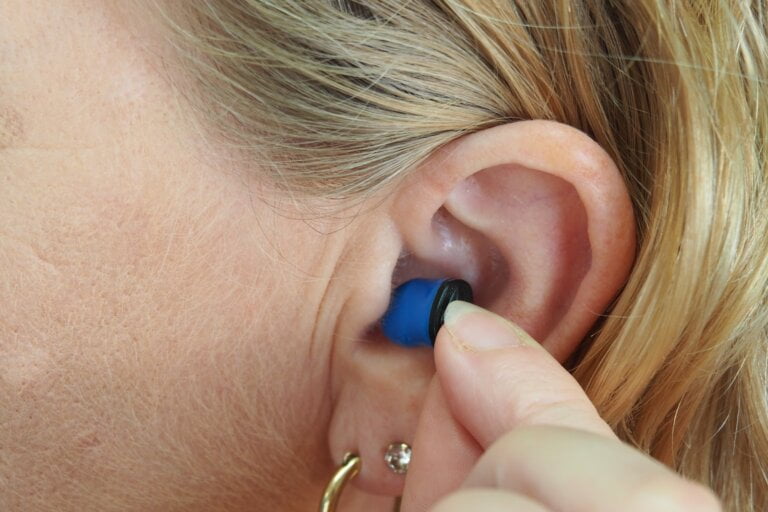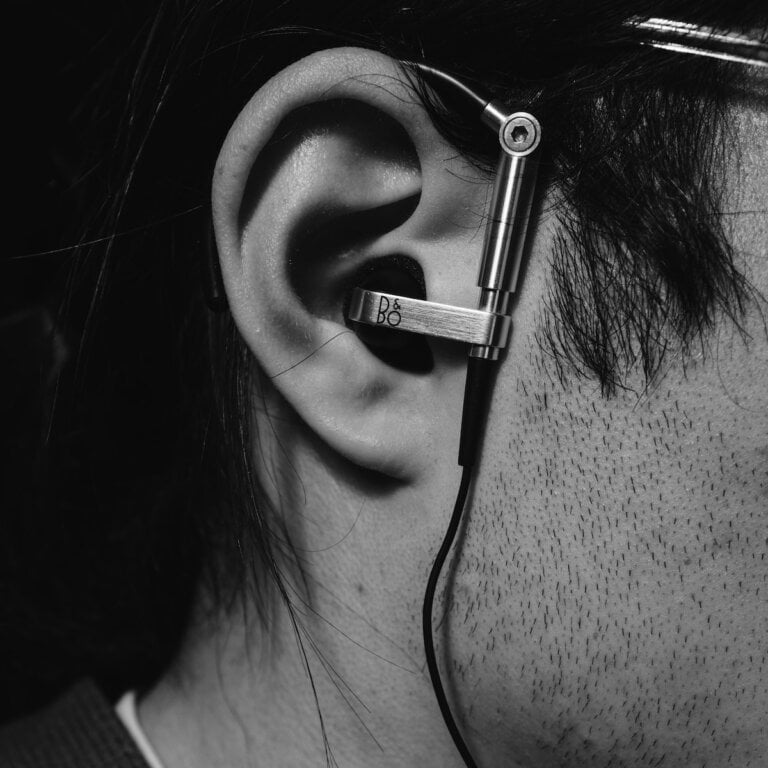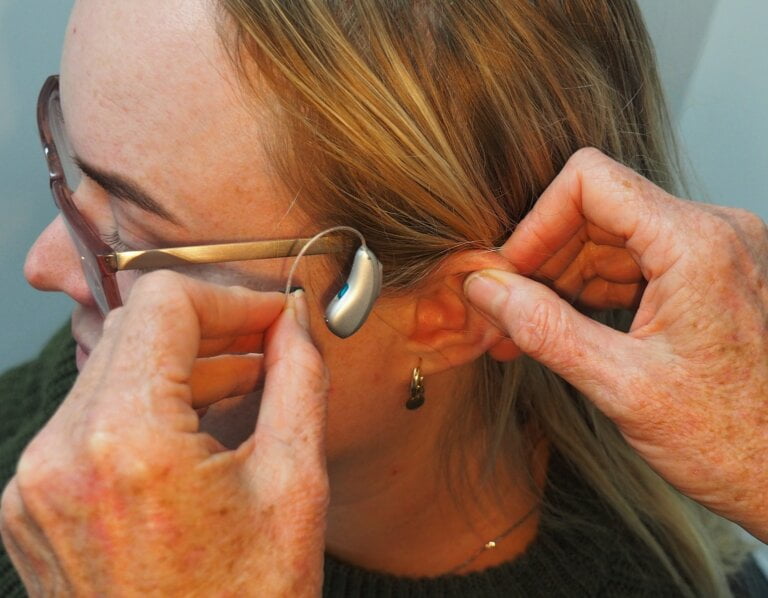Stepping into the World of Microsuction: Courses Explained
Microsuction is a specialised technique used in ear cleaning to remove excess earwax and debris. As a beginner interested in learning about microsuction, you may find yourself overwhelmed by the available courses and information. This article aims to provide a comprehensive guide to beginner courses in microsuction, exploring the benefits, requirements, and key considerations for those entering this field.
What is Microsuction?
Microsuction is a safe and effective method of earwax removal that involves using a suction device and a microscope to visualise and extract earwax and other blockages from the ear canal. It is a valuable technique for individuals experiencing hearing loss, discomfort, or other ear-related issues caused by excessive earwax buildup.
Microsuction offers several advantages over traditional earwax removal methods such as irrigation. It is a gentle and precise procedure that does not require the use of water, reducing the risk of infection or damage to the ear. The magnification provided by the microscope or loupes allows for better visualisation, ensuring thorough and accurate removal of earwax.
The Importance of Proper Training
While microsuction may seem like a straightforward procedure, it requires proper training and expertise to ensure safe and effective results. Engaging in a course will equip you with the necessary knowledge and skills to perform microsuction safely and confidently.
Proper training is crucial to understand the anatomy of the ear and the potential complications that may arise during the procedure. It also teaches you how to properly use the suction device and microscope to optimise visualisation and minimise the risk of injury. Additionally, training provides you with the necessary skills to identify and handle different types of earwax and other blockages, ensuring a successful outcome for your patients.
The Benefits of Courses in Microsuction
- Comprehensive Learning: Courses provide a comprehensive understanding of the ear anatomy, common ear conditions, appropriate equipment usage, and safety protocols. This knowledge forms the foundation for a successful career in microsuction.
During a course, you will learn about the intricate structure of the ear, including the external ear, middle ear, and inner ear. Understanding the anatomy of the ear is essential for identifying potential issues and performing microsuction safely. You will also gain valuable insights into common ear conditions, such as impacted earwax, foreign objects, and ear infections, and learn how to address them effectively.
In addition, courses cover the proper usage of microsuction equipment, including the suction device and microscope. You will learn how to set up the equipment, adjust the settings for optimal visualisation, and maintain them for long-term use. Safety protocols, such as infection control measures and patient positioning, are also emphasised to ensure a safe environment for both you and the patient.
- Hands-on Experience: Many courses offer practical training, allowing you to gain hands-on experience in performing microsuction techniques. This experiential learning enhances your skills and confidence, preparing you for real-world scenarios.
Hands-on experience is a crucial component of any course in microsuction. It allows you to apply the theoretical knowledge you have acquired and develop the necessary motor skills for performing the procedure effectively. Under the guidance of experienced instructors, you will have the opportunity to practice using the suction device and microscope, improving your dexterity and precision.
Furthermore, practical training sessions often simulate real-world scenarios, such as different earwax consistencies or challenging anatomical variations. This exposure prepares you to handle a wide range of situations you may encounter in your future practice. By practicing on patients or simulated ears, you can refine your technique and build the confidence needed to provide optimal care to your patients.
- Certification: Completing a course often results in a certification, which can boost your credibility and employability in the field of microsuction. Certification demonstrates your commitment to professional development and adherence to industry standards.
Achieving certification through a course validates your knowledge and skills in microsuction, making you a more competitive candidate in the job market. It assures potential employers or clients that you have undergone formal training and have met specific competency requirements.
Certification also provides a sense of accomplishment and confidence in your abilities. It serves as a tangible recognition of your dedication to continuous learning and improvement. Additionally, some organisations or regulatory bodies may require certification to practice microsuction legally, ensuring the safety and well-being of patients.
- Networking Opportunities: Courses provide an excellent platform to connect with like-minded individuals, experienced professionals, and industry experts. These connections can be invaluable in terms of mentorship, collaboration, and future career opportunities.
Attending a course allows you to meet and interact with individuals who share your passion for microsuction. Networking with peers can provide you with a supportive community, where you can exchange ideas, seek advice, and share experiences. These connections may lead to mentorship opportunities, where you can learn from experienced practitioners and benefit from their guidance throughout your career.
Key Considerations when Choosing a Course
When selecting a course in microsuction, it is essential to consider the following factors:
- Accreditation: Ensure that the course is accredited by a reputable organisation or institution. Accreditation signifies that the course meets specific quality standards and is recognised within the industry.
Accreditation provides assurance that the course has undergone a rigorous evaluation process and meets predetermined criteria for educational excellence. It ensures that the course content, instructors, and teaching methodologies adhere to industry standards and best practices. Accredited courses are more likely to provide high-quality education and equip you with the necessary skills and knowledge to succeed in microsuction.
- Course Content: Review the course syllabus and curriculum to ensure that it covers all essential topics, including ear anatomy, equipment usage, safety protocols, and practical training. A well-rounded curriculum will provide you with a comprehensive understanding of microsuction.
A comprehensive beginner course should cover the fundamental aspects of microsuction, including the anatomy and physiology of the ear, common ear conditions, equipment selection and maintenance, infection control measures, and patient assessment. It should also include practical training sessions that allow you to apply your knowledge in a controlled environment.
It is beneficial to choose a course that offers a balanced combination of theoretical and practical learning. Theoretical knowledge provides the necessary foundation, while practical training allows you to develop the skills required for performing microsuction effectively. Ensure that the course curriculum aligns with your learning goals and provides a well-rounded education in microsuction.
- Instructors’ Expertise: Research the background and experience of the course instructors. They should possess extensive knowledge and practical experience in microsuction. Instructors with a strong professional background can offer valuable insights and guidance throughout the course.
The expertise and experience of the course instructors play a significant role in the quality of education you receive. Look for instructors who have a solid background in microsuction and relevant clinical experience. They should have a deep understanding of the subject matter and be able to effectively communicate complex concepts to beginners.
Consider researching the instructors’ credentials, such as their professional affiliations, publications, or involvement in the field. This information can give you confidence in their ability to provide accurate and up-to-date instruction. Additionally, instructors who are approachable and responsive to questions can greatly enhance your learning experience.
- Duration and Flexibility: Consider the duration and flexibility of the course. Determine whether it fits your schedule and offers the necessary flexibility for your learning style. Some courses may be completed within a few days, while others may span several weeks.
The duration of the course should align with your availability and learning preferences. Evaluate the time commitment required for the course and ensure that it is manageable alongside your other commitments. Consider whether the course is offered in a format that suits your learning style, such as in-person classes, online modules, or a combination of both.
- Cost and Value: Evaluate the cost of the course in relation to the value it provides. Consider the reputation of the training provider, the level of practical training offered, and the potential career benefits associated with completing the course.
The cost of the course should be considered in conjunction with the value it offers. Research the training provider’s reputation and consider feedback from past participants. Look for reviews or testimonials that highlight the quality of education, practical training opportunities, and the success of previous students in their microsuction careers.
Assess the level of practical training provided by the course. Practical experience is crucial for developing your skills and building confidence in performing microsuction. Determine whether the course offers sufficient hands-on practice and whether the training facilities and equipment meet industry standards.
Finally, consider the potential career benefits associated with completing the course. Will the certification from the course enhance your employability? Does the training provider have connections with clinics or healthcare facilities that may offer job opportunities or mentorship? These considerations can help you evaluate the long-term value of the course.
Who Are Suitable Candidates For Microsuction Training?
Suitable candidates include Ear Nose and Throat (ENT) nurse practitioners, GPs, physician associates, assistant practitioners, nurses and nursing associates. These clinicians must be registered, comfortable using an otoscope and have prior ear care experience, for example in irrigation and want to train in the safer, more effective, microsuction procedure.
In addition, suitable candidates include audiologists, audiology associates, hearing aid dispensers, and hearing care assistants. These clinicians specialise in the study of the ear, hearing loss, tinnitus and balance disorders. Registered ear care professionals already have a high level of expertise and knowledge. Therefore, when training, they can spend most of the time hands on and developing the practical skills needed to complete the procedure safely, professionally, and confidently.
Clinicians must note that they are responsible for ensuring they are able to be indemnified to perform microsuction in their respective clinical settings upon course completion and have the relevant registration in place from their governing bodies and societies.
Recommended Courses in Microsuction
- Ear Microsuction Course by the Ear Care Academy: This comprehensive course offers a 2 day curriculum covering all aspects of microsuction. It includes in-depth theoretical training, practical sessions, and hands-on experience using the latest microsuction equipment and microscopes. This is a fully accredited ear microsuction course in conjunction with Imperial College Health Care Trust and West Middlesex Hospital (part of Chelsea and Westminster Hospital NHS Foundation Trust) and this course provides a recognised certificate upon completion.
Highly recommended for individuals with previous ear care experience seeking a comprehensive and immersive learning experience in microsuction. The course trainers are all highly experienced senior doctors of Medicine and Audiology. A typical two-day course has between 10-12 delegates with 80-100 real patients booked, in order to provide maximum clinical experience to trainees. Each trainer trains 2-3 delegates.
The course covers a wide range of topics, including ear anatomy, common ear conditions, equipment usage and maintenance, safety protocols, and infection control measures. Practical sessions provide ample hands-on experience, allowing you to refine your skills under the guidance of experienced instructors.
Accreditation by Imperial College Health Care Trust adds credibility to the certification obtained upon completion of the course. This accreditation ensures that the course meets industry standards and is recognised by professionals and employers in the field of microsuction.
- Aural Microsuction Training by The Hearing Lab: Designed for individuals with limited time availability, this intensive weekend course condenses the essential knowledge and skills required for microsuction into a compact format. Taught by experienced practitioners, this course offers practical training and certification. The Hearing Lab One Day Aural Micro Suction Training Courses are recommended by the British Society of Hearing Aid Audiologists.
This course is only one day and offers the opportunity to either attend one of numerous monthly courses or have the trainers come to you. Ideal for individuals who are unable to commit to an extended course duration but still wish to acquire the necessary knowledge and skills in microsuction.
Despite its condensed format, the course does not compromise on the quality of education. Taught by experienced practitioners, this course provides practical training sessions that allow you to apply your knowledge and develop your skills. With a maximum of four trainees per trainer, you’ll gain all the confidence you need. Constant supervision using a combination of synthetic wax and real ears means you can qualify in one day. The certification obtained upon completion demonstrates your competency in microsuction and adds value to your professional profile.
- Ear Microsuction Wax Removal Short Course by Aston University: If you prefer a self-paced learning approach, this course is an ideal choice. This course serves as an excellent introduction to microsuction theory however practical experience is more limited.
This two day course can only take 6 candidates at a time. Content includes prior learning via power point, a written exam to develop theoretical knowledge, peer review and hands-on practice with dummy heads and volunteer patients.
The course provides comprehensive power point lecture that cover the theoretical aspects of microsuction, including ear anatomy, equipment usage, safety protocols, and infection control measures. The written exam helps reinforce your understanding of the material.
While practical training is limited on this course, it serves as an excellent introduction to microsuction. The peer review provides a platform for discussion and support, allowing you to connect with fellow learners and seek guidance from experienced practitioners. It is recommended to receive further mentoring from an experienced microsuction practitioner following completion of this course in order to gain the confidence required to practice independently.
Conclusion
Embarking on a journey into the world of microsuction requires proper training and a solid understanding of the procedures involved. Beginner courses in microsuction offer an excellent opportunity to gain the necessary knowledge, skills, and certification to provide safe and effective ear cleaning services. By considering the key factors and recommended courses mentioned in this article, you can confidently take the first steps towards a successful career in microsuction.







